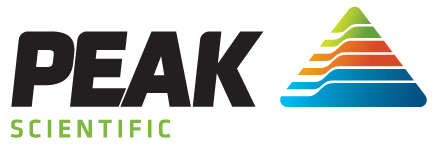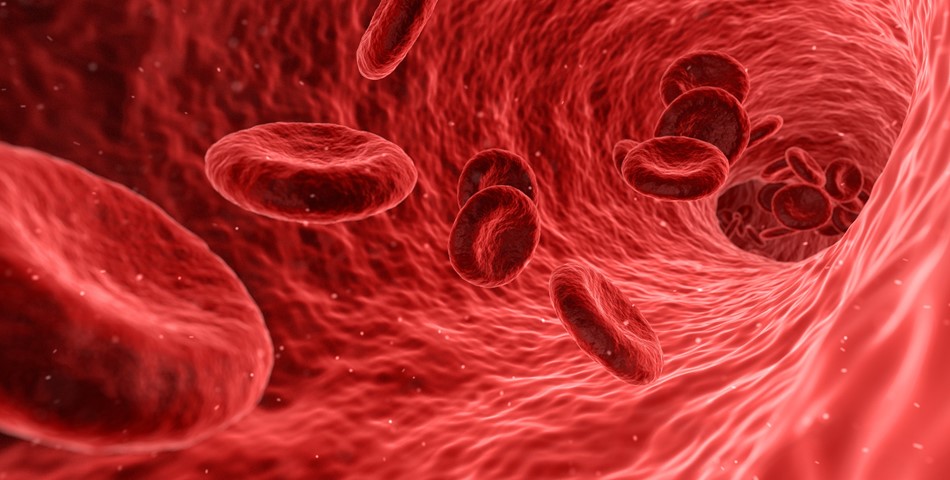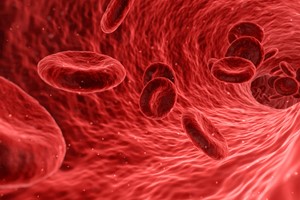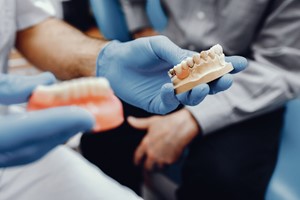The global pressure monitoring market size was valued at USD 6.7 billion in 2016 and is projected to witness lucrative growth over the forecast period, according to Grand View Research.
Rising prevalence of cardiac disorders is expected to accelerate growth of the market. Cardiac disorders commonly lead to pressure fluctuations amongst people. High BP is the most common problem amongst such group of population. The WHO recorded 7.5 million deaths due to hypertension, which accounted for around 12.8% of all deaths.
Unhealthy lifestyle results in high prevalence of cardiac disorders. Hence, in order to minimize such high mortality rate, there is a growing need for BP monitoring products that enable rapid examination. Respiratory diseases lead to lack of oxygen in the blood.
Healthcare professionals advise that oxygen saturation should be more than 95% in hemoglobin. Low oxygen level in the blood might lead to increased shortness of breath and pulse rate. As a result of such complications, there is a huge need for monitoring oxygen in the patient’s blood.
This is expected to propel the growth of the market. Rising geriatric population is an important driver supporting the growth of the market, who suffer from various chronic disorders.
According to Technavio analysts, the global digital blood pressure monitors market will grow at a CAGR of almost 10% during the forecast period. The increasing incidence of hypertension coupled with the geriatric population is a major factor driving the market’s growth.
The blood pressure above 130/80 is considered high and may affect the heart and the kidneys. High blood pressure usually leads to a condition called hypertension that is a significant risk factor responsible for overall mortality rate across the world.


Hypertension increases the risk of diseases such as stroke, heart diseases, and kidney failures by putting pressure on the arteries. High blood pressure can also cause harm to the brain by causing a transient ischemic attack, stroke, dementia, and mild cognitive impairment. It also affects the eyes by causing damage to the retina, nerves, sexual dysfunction, bone loss and conditions such as obstructive sleep apnea.
Ambulatory blood pressure monitors (ABPM) are usually used to diagnose white coat hypertension or masked hypertension. The ambulatory blood pressure monitors are available in compact size, arm based or wrist-based, unique user-friendly features for easy accessibility.
Measuring blood pressure through ambulatory blood pressure monitoring systems is a non-invasive method of obtaining blood pressure readings. The procedure assists physicians in obtaining blood pressure profiles during an individual's daily activities.
“Recording of blood pressure profiles gives an estimate of the mean blood pressure and blood pressure variability. The procedure aids in assessing the various patterns of blood pressure behavior such as white coat hypertension, hypertension, hypotension, dipping, and non-dipping. It also helps to monitor the effectiveness of blood pressure medications,” says a senior analyst at Technavio for research on patient monitoring devices.
ABPM is used to diagnose arterial hypertension at home, clinic, and other home care settings. These ABPM systems are available as arm based and wrist-based and are used accordingly as prescribed by the physician.
Vendors in this market are designing and manufacturing ABPM systems with advanced technical features that cater to the requirements of the physicians and the patients.











